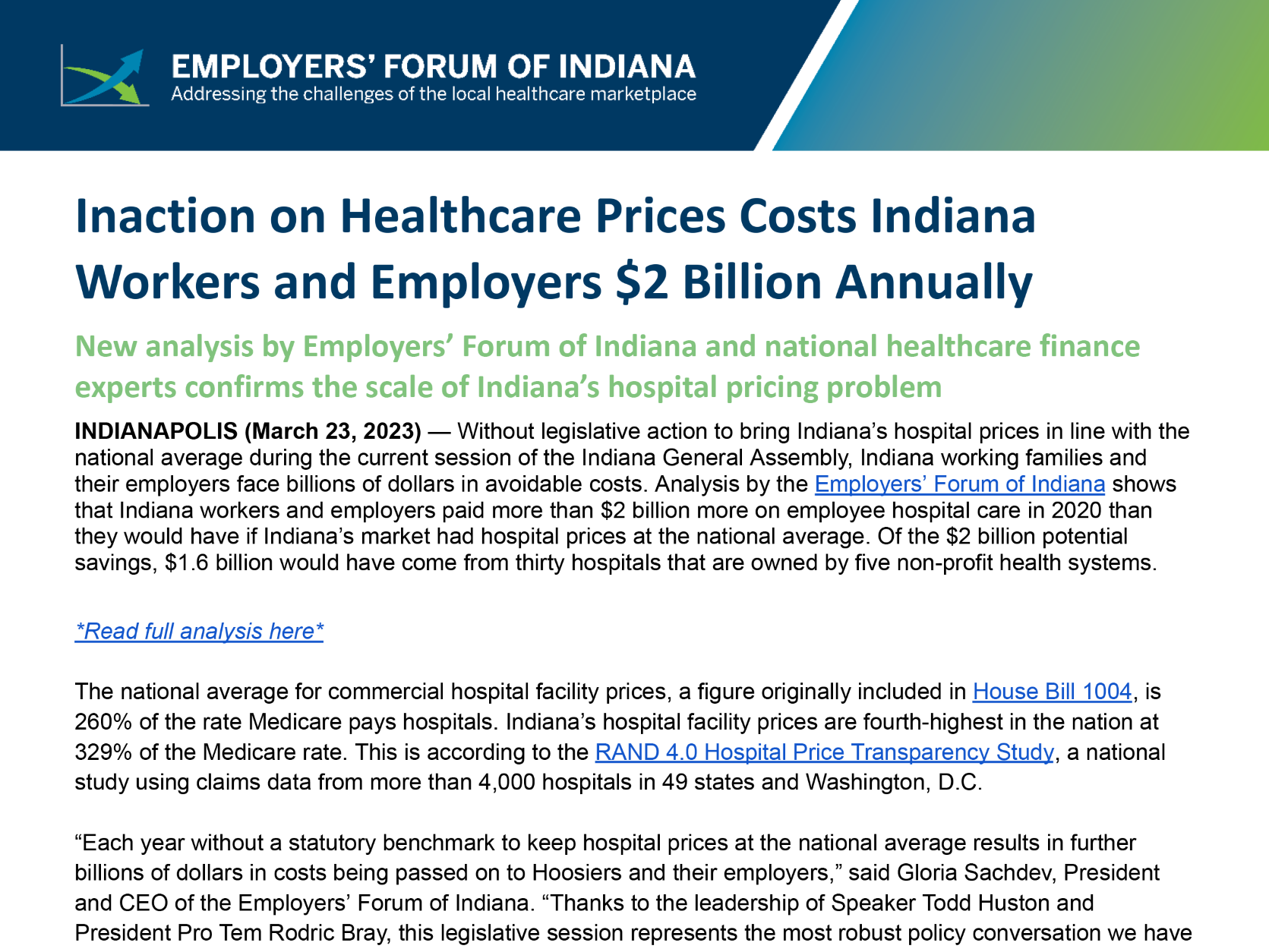Healthcare Providers Face Declining Patient Payment Collections, Averaging Under 50%

Indianapolis, IN – Healthcare providers are grappling with a significant and worsening challenge in collecting patient payments, with recent data indicating that the average collection rate from patients stands at a mere 47.6%. This trend highlights a growing financial burden on medical practices and hospitals, particularly as patient financial responsibility continues to rise.
Dr. Brent A. Williams, a medical doctor, recently articulated the frustration felt by many in the industry, stating on social media, > "The biggest scam in healthcare is that THE PROVIDER (not the insurer) has to chase the patient for the payment of deductibles and co-insurances. It is a tax on the provider. It is 100% absolute bullshit." This sentiment underscores the operational strain placed on healthcare entities.
The struggle stems largely from the proliferation of high-deductible health plans (HDHPs), which have shifted a greater portion of healthcare costs directly to patients. Out-of-pocket costs for patients have surged by 230% over the last decade. Consequently, self-pay after insurance accounted for nearly 58% of bad debt in 2021, a dramatic increase from 11% in 2018.
Financial data further reveal the severity of the issue, with the collection rate for commercially insured patients dropping from 37.6% in 2023 to 34.4% in 2024, according to Kodiak Solutions. This decline contributes to substantial revenue loss, as 40% of providers reportedly fail to collect over $31,713 annually from patients. Nearly one in three hospitals also report over $10 million in bad debt.
The increasing financial responsibility on patients also means larger outstanding balances. The proportion of patient statements with balances exceeding $7,500 has more than tripled since 2018, making collection even more challenging. Healthcare organizations are exploring digital payment solutions and clearer financial policies to mitigate these losses and improve collection efficiency.